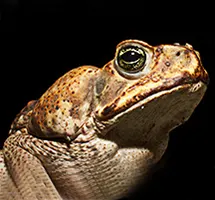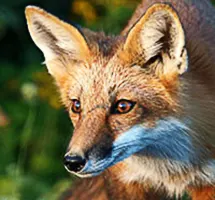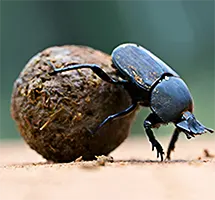Red Fire Ant

Red imported fire ants arrived in from the USA in 2001. It is a serious pest that can inflict painful bites on people, pets, and livestock. It has a voracious appetite, reducing plant populations and competing with native wildlife.
Spotted Dove

The Spotted Dove is a long-tailed pigeon native to the Indian subcontinent and Southeast Asia. It was introduced in about 1860 and often displaces native doves. The species has not spread far from urban areas.
Goat

Goats were imported in the 18th century and escaped into the wild. They now cause significant damage to the environment by overgrazing. This leads to land degradation, depriving other animals of food.
House Sparrow

Common house sparrows are large finches introduced to Australia in 1863. They quickly established themselves in urban areas in eastern Australia. They are considered pests, and eradication efforts to date have failed.
Mallard

Mallards were first released in Australia in 1862 and are now found on ponds and lakes close to human habitation. They are often the dominant waterfowl where they interbreed with native species.
Feral Pig

Feral Pigs are the descendants of pigs brought to Australia by European settlers. Many were allowed to roam and soon became wild.
Flea

The European and Spanish Rabbit Fleas was specially imported to use as a carrier of the myxomatosis virus used to kill feral wild rabbits.
House Gecko

Introduced from Asia, it was first noticed in the 1960s, the house gecko is now found throughout northern Australia.
Rat

Black and brown rats arrived on board the first European ships to come to Australia. These pests carry diseases, eat crops and damage infrastructure
European Wasp

The European wasp arrived in Australia in 1959 and now found in southern Australia. It is aggressive and will sting its victim repeatedly.
Rainbow Trout

Introduced in 1894 from California, it has been very successful . It has caused the extinction of many native fish and invertebrates.
Banteng

The Banteng was introduced by the British army in 1849 at a remote outpost in Northern Australia which was later abandoned.
Farm Animals

Introduced farm animals such as sheep and cattle are vital to the Australian livestock industry. They contribute significantly to the economy.
AUSTRALIAN
INTRODUCED ANIMALS LIST
Click on a link for more detailed information about these animals













